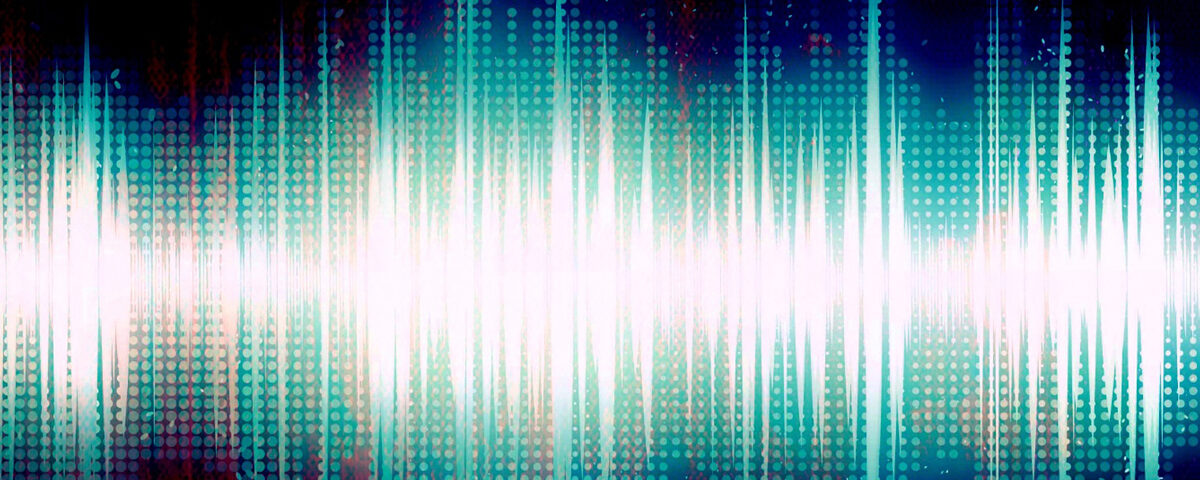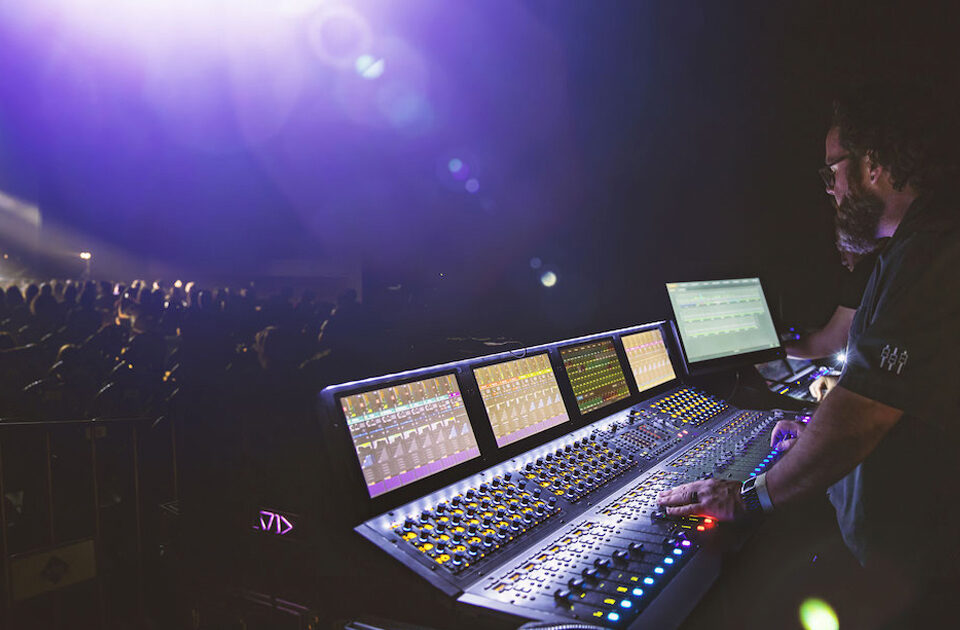Exploring the Intricacies of Audio Signal Processing
Audio signal processing, often referred to as simply “audio processing”, involves the manipulation and enhancement of audio signals using digital algorithms. At the heart of this field lies the potential to alter and refine audio signals, bringing forth a range of applications such as equalisation, audio effects (reverb, delay, etc.), dynamic range compression, and audio restoration. With the rapid advancement of technology, audio signal processing has become an indispensable part of the entertainment and telecommunications industries. In this article, we will delve deeper into the key concepts and techniques that underpin audio signal processing.
Equalisation
Equalisation, or EQ, is a fundamental technique in audio signal processing that involves the adjustment of the balance between different frequency components within an audio signal. In essence, it helps in emphasising or attenuating specific frequency bands to achieve the desired tonal balance. Equalisers come in various forms, such as graphical equalisers, parametric equalisers, and shelving equalisers, each with their unique characteristics and applications. They are widely used in music production, live sound reinforcement, and broadcasting to enhance the quality of audio recordings.
Audio Effects
Audio effects are integral to shaping and modifying audio signals to create a desired auditory experience. Some popular audio effects include:
1. Reverb: Reverberation, or reverb, is a natural phenomenon that occurs when sound waves reflect off surfaces in an environment, creating a sense of space and depth. In audio signal processing, digital reverb algorithms simulate this phenomenon, allowing engineers and producers to create realistic or surreal environments for a wide range of applications.
2. Delay: Delay is an audio effect that produces echoes by recording an input signal and then playing it back after a specified time period. This effect can be used to create depth, enhance spatial perception, or add rhythmic elements to a sound.
3. Chorus: Chorus is an audio effect that enriches the audio signal by creating multiple copies of the input, with each copy slightly detuned and delayed relative to the original. This results in a richer, fuller sound, often used to enhance vocals or synthesised sounds.
Dynamic Range Compression
Dynamic range compression is a technique used to reduce the variation in volume between the loudest and softest parts of an audio signal. This is achieved by attenuating the louder sections while amplifying the quieter ones, thereby maintaining a more consistent volume level throughout the audio signal. Compressors are widely used in music production, broadcasting, and sound reinforcement to prevent distortion and ensure a balanced listening experience.
Audio Restoration
Audio restoration is the process of removing or reducing unwanted noise, distortion, or artifacts from audio recordings. This is particularly useful in salvaging old or damaged recordings, as well as improving the overall quality of audio signals for various applications. Digital audio restoration techniques employ advanced algorithms to isolate and remove clicks, pops, hiss, and other forms of noise, breathing new life into compromised audio material.
Summary
Audio signal processing has come a long way, with sophisticated digital algorithms enabling the manipulation and enhancement of audio signals like never before. From equalisation and audio effects to dynamic range compression and audio restoration, these techniques play a crucial role in shaping the auditory landscape around us. As technology continues to evolve, we can expect further advancements in audio signal processing, unlocking new possibilities in sound design, music production, and beyond.


